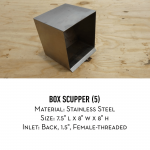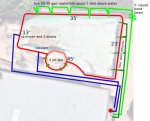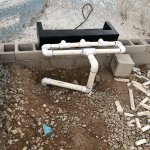Hey guys. Long story short, I'm trying to do a remodel to a 28k gallon pool in the San Fernando Valley.
Boy has it been hard finding a quality, affordable contractor. I have found someone affordable for tile and plaster as well as decking. What I'm concerned about is plumbing. As you probably imagined, most of the publicly listed pool contractors are general contractors who don't handle plumbing per se, but want to do the whole job. They can get someone for my job, but they want to add on their own profits. Not to mention, they also do not like the idea of doing partial work and leaving decking, coping, plaster, and tile to the guys I have already found and already trust. I need to find a plumber who can do a repipe, add a water feature, and connect my equipment. I'm having a terrible time of it.
My question is, are regular plumbers generally experienced in the installation of plumbing for pools, typically?
Boy has it been hard finding a quality, affordable contractor. I have found someone affordable for tile and plaster as well as decking. What I'm concerned about is plumbing. As you probably imagined, most of the publicly listed pool contractors are general contractors who don't handle plumbing per se, but want to do the whole job. They can get someone for my job, but they want to add on their own profits. Not to mention, they also do not like the idea of doing partial work and leaving decking, coping, plaster, and tile to the guys I have already found and already trust. I need to find a plumber who can do a repipe, add a water feature, and connect my equipment. I'm having a terrible time of it.
My question is, are regular plumbers generally experienced in the installation of plumbing for pools, typically?
Last edited:




